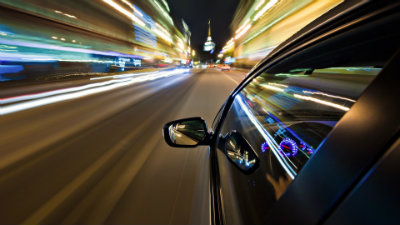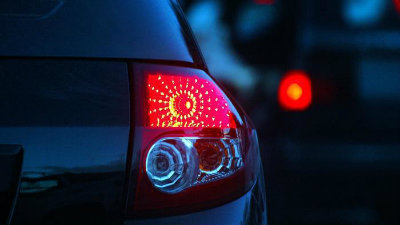Whether you’re a newly passed driver with minimal road experience or a driver who’s been on the road for years, we feel at CarCliq that you should always look at ways to improve your skills.
We discuss eight key steps you should consider implementing into your current driving style, in which can aid you in becoming a better driver, such as better fuel efficiency, improved driving scores on your telematics box, or heightened alertness.
We discuss eight key steps you should consider implementing into your current driving style, in which can aid you in becoming a better driver, such as better fuel efficiency, improved driving scores on your telematics box, or heightened alertness.
 1. Keeping to your speed limits
1. Keeping to your speed limits
- If you’re found speeding this can land you into a heap of trouble, including a hefty fine and points on your license.
- Speeding also increases your chances of being in a collision, as you have less time to react and reduced braking distance too.
- Travelling at high speeds can increase your fuel consumption too.
2. Adjust your driving to what is appropriate in your surroundings
- We’re sure you’ve heard this from a caring friend, relative or driving instructor that “speed limits are a maximum, not a target”.
- The speed limit displayed may be fine when driving in clear conditions, however, this can change when weather conditions deteriorate.
- When driving in bad conditions, you should slow down as your sight will be impaired to ensure you are able to react to different situations.
- If you were to accelerate and decelerate in a smooth driving style, this can have the effect of saving you around 20% in fuel.
- To make sure you’re driving smoothly, ensure you anticipate the road ahead.
.jpg) 4. Braking in good time
4. Braking in good time
- Progressive braking is the best way to brake, this includes starting slight, increasing with pressure and finishing light.
- By doing so, this can allow other motorists around you to react in good time, but also puts less wear and tear on your brakes and tyres – but the additional advantage of saving fuel.
- This is the practice of dangerously following too close to the vehicle in front.
6. Always be alert
- You should always be looking up at the top of the road you’re on, this way you can anticipate any sudden occurrences where you may need to brake.
- As we are all guilty of being possessed by our mobile phones, it is important we get rid of them as a distraction when driving – this can lead you to be at risk of a fine and points on your license.
- But also, other distractions like setting up the satnav or adjusting your radio to your favourite station. Make sure you’re prepared before you set off on your journey.
 8. Remember to use your lights
8. Remember to use your lights
- If you’re driving and it starts to become dark, you need to use your headlights to make sure you’re able to see what is upcoming in the road, but most importantly so you are visible to other drivers around you.
- In foggy conditions, the Highway Code states that you must use headlights when visibility is seriously reduced, so when you cannot see for more than 100 metres. If otherwise, use your rear or front fog lights and remember to switch them off when conditions improve.
We hope these quick eight steps have highlighted key areas within your driving which could be improved on and will hopefully soon help you with becoming a better driver.
For more CarCliq Guides, click here.
For more CarCliq Guides, click here.